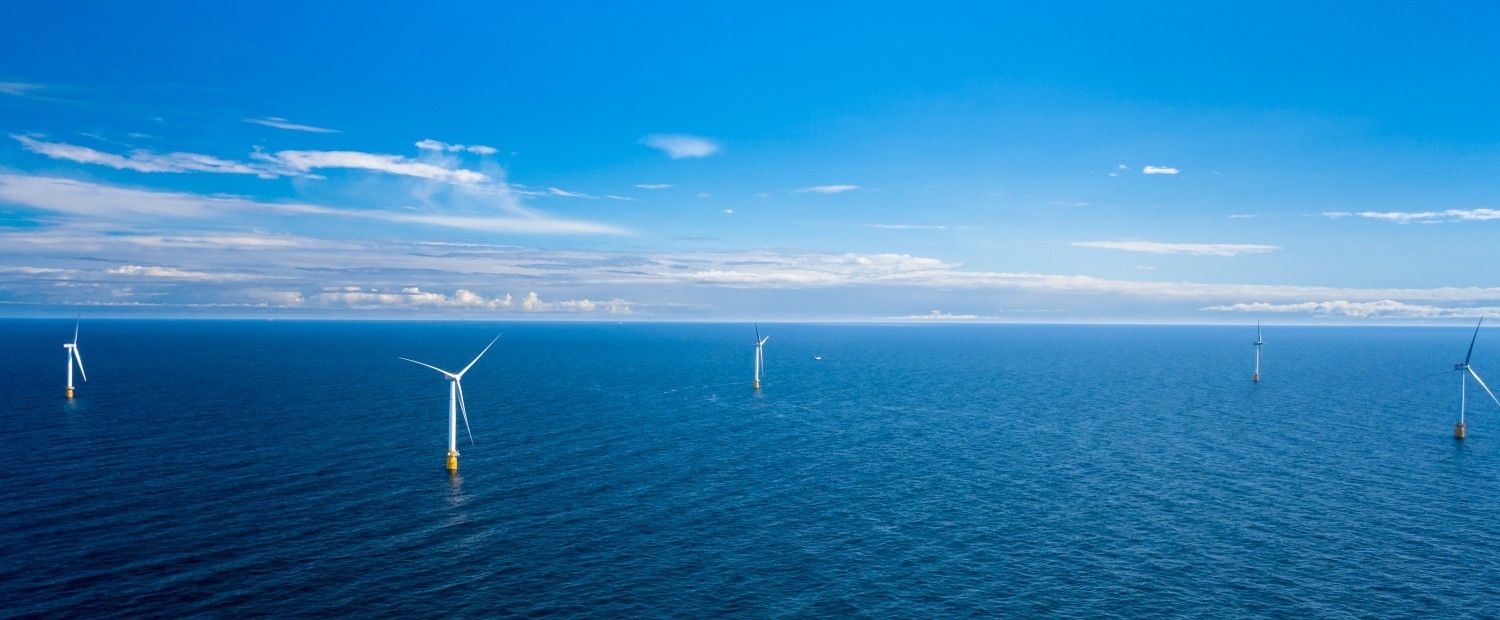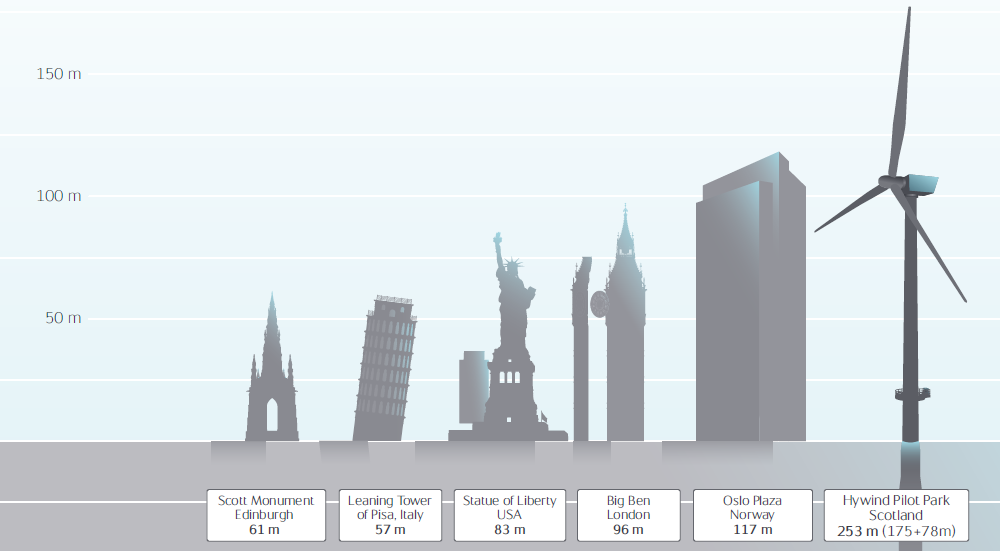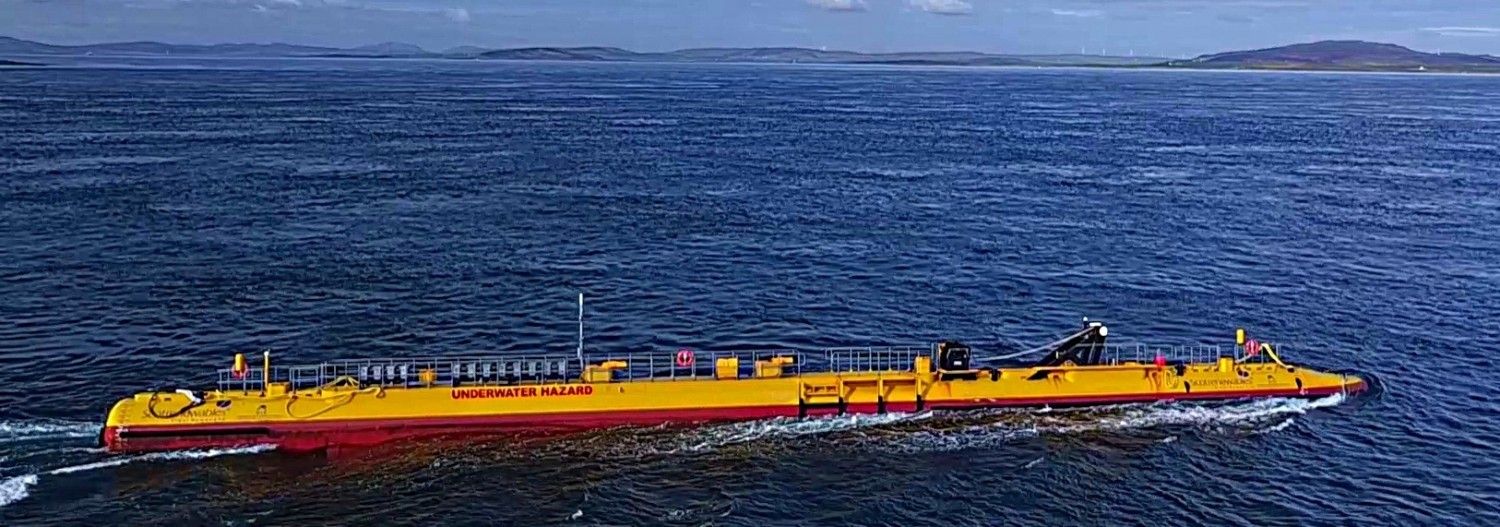Climate Change & Renewables
Renewable energy is a priority, not just for Scotland, but for everyone. That's why we're committed to finding ever-greener and cleaner methods of powering the modern world.

The term ‘Renewables’ isn’t just a buzzword anymore. As the world tries to find innovative new ways to power modern society, it has become clearer than ever that we need to move away from fossil fuels towards a cleaner, greener tomorrow. Scotland is dedicated to making the world a better place to live, and that’s one of the many reasons why we’re at the forefront of renewable energies.
We have a long and proud history of utilising the abundant natural resources found both on and off its shores. Simply put, we’ve been facing up to this inconvenient truth for a long time and this experience, mixed with leading innovation in both science and technology, means that Scotland is helping show the way for the rest of the world.
However, we don’t just talk a big game – we back it up as well! In 2017, Energy Trends data showed that Scotland enjoyed a record year for renewable electricity generation. More than 68% of the country’s total electricity demand was met by renewable sources, a massive 15% increase on the previous year.
This isn’t the only impressive stat we’ve got; in fact, it’s just the tip of the iceberg. Whether it’s record-breaking tidal turbines, zero-emission public transport or aiding developing countries, Scotland is showing how seriously it takes this issue.
Take a look below at some of the impressive renewable energy projects happening in Scotland right now:
Climate change
In 2018, we introduced a new climate change bill – the toughest of its kind in the entire world. How tough, you ask? Well, independent experts have stated that our targets are set “at the very limit of feasibility”. However, we fully believe that if we all work together towards these common goals, we can achieve them!
The new climate change bill will set an immediate target of achieving a 90% reduction in greenhouse emissions by the year 2050. However, we’re not done there, and have the added intention to go to a full 100% reduction, known as ‘net-zero’ as soon as possible.
We know that 2050 is still a long way away, but to make sure that we stay on track, we’re also putting the world’s most ambitious interim targets in place. On our journey towards ‘net-zero’, these new targets will be:
-
56% reduction by 2020
-
66% reduction by 2030
-
78% reduction by 2040
-
90% reduction by 2050
Climate change is one of the defining global challenges of our time, and we take our commitment to this challenge very seriously – as you can see!
Hywind

25 km off the coast of Peterhead, in the northeast of Scotland, you will find Hywind – the world’s first floating offshore wind farm. Comprised of five giant turbines, the blades of these mammoth offshore generators are being propelled by Scotland’s fierce North Sea wind. This farm alone generates enough renewable energy to power around 20,000 homes.
This pioneering project was a culmination of 15 years of hard work in collaboration with Norwegian firm, Statoil. The towering monoliths of power boast massive rotating blades that reach 175 metres from end to end. The structures also plunge a staggering 78 metres below the surface of the cold North Sea towards the seabed where they’re anchored in place.
Amazingly, Scotland actually has 25% of Europe’s offshore wind resources. This is potentially enough resource to generate more power than Scotland itself needs for its entire consumption of energy! Because of this, it’s hardly surprising that companies like Statoil should seek us out for these projects, which are vital to our planet’s health and wellbeing.
Hydroelectric
Scotland actually has a hydroelectricity programme that dates back as far as the 1950s, when we began using our rivers, lochs and waters to generate electricity. Amazingly, the infrastructure that was put in place back then still actually produces energy today and we continue to take a global lead in marine energy. We’re home to both the world’s largest tidal stream project as well as the world’s most powerful floating tidal turbine.
Today, the Orkney Islands are the epicentre of the marine energy industry and are home to the world’s only accredited marine energy laboratory. The European Marine Energy Centre (EMEC) is an international hub, enabling collaboration to harness the power of the sea all around the world. Orkney was chosen as the site because the environment and weather conditions here make it the ideal location for researching and developing all kinds of marine energy projects.

One such example is the revolutionary new SR2000 tidal turbine. Where most tidal turbines are fixed to the seabed, this one has rotors hanging from a device floating on the surface. In the 12 months since its introduction, the turbine amazingly generated more power than Scotland’s entire wave and tidal energy sector in the last 12 years.
That’s not all! Even massive international companies like Microsoft are turning to Scotland for their expertise in renewable energy research. In 2018, the company placed a massive data centre on the seabed off the coast of Orkney in a bid to boost energy efficiency. Projects like this are a perfect indication of how Scotland is maintaining its reputation as a world leader.
Continued progress is something that Scotland is keen to push and we’ve outlined this commitment with an ambitious but achievable target for our own renewable energy targets. We’re aiming to deliver the equivalent of 50% of total energy consumption from renewable sources by 2030.
This is a pledge that will come as a breath of fresh air for those that care for the wellbeing and the future of the planet. It also emphasises Scotland’s continued dedication to finding better ways the power the world in a more environmentally-friendly and sustainable way.